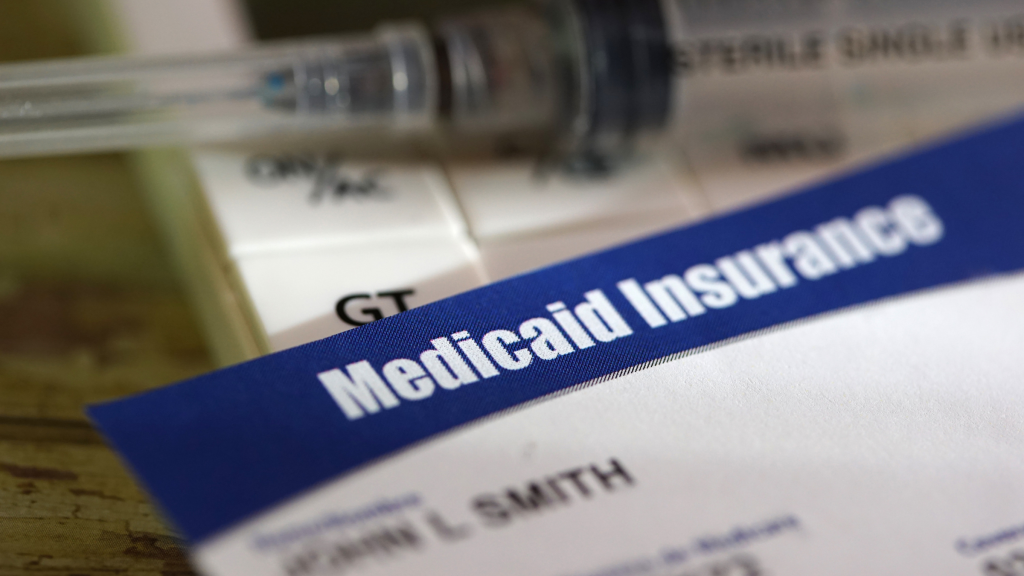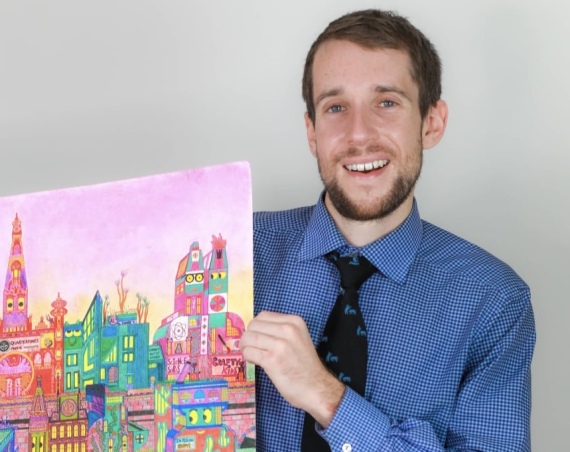
With Pennsylvania’s 2024-25 budget finally signed by Governor Josh Shapiro on July 11th, I have to wonder why opportunities to improve the health standard of independent, low-income senior citizens 65 and older were not addressed.
After all, Pennsylvania is the fifth oldest state in the country. Home to more than 13 million people (2020 Census), there are nearly 3.5 million older adults over 60. Almost one in four residents are older adults. This number is expected to spike to one in three by 2030. (Pennsylvania Department of Aging)
Further, more than 2.5 million are aged 65 and older! (2020 Census)
Of the 65+ population, 10.1% live at or below the Federal Poverty Line (FPL) (2022 U.S. Census Bureau American Community Survey), which is $15,060 for a single adult. Pennsylvania, like many states, grapples with a surging population of senior citizens who are classified as near-poor—meaning their income is slightly above the FPL, yet insufficient to cover the high costs associated with healthcare, especially as they age and medical needs increase.
The near-poor in Pennsylvania represents a significant chunk at 17% of the almost 3.5 million older adults 60+ (PDA).
As Shapiro states in a new strategic plan for older adults in Pennsylvania, “These demographic trends…are more than numbers on paper; they are a call to action for Pennsylvania to be a leader as the nation grows older and more diverse.” (Aging Our Way, PA – PDA)
So, show me the money!
The expansion of Medicaid under the Affordable Care Act (ACA), aka Obamacare, extended vital healthcare coverage to low-income adults in 41 states, including Pennsylvania and the District of Columbia. Medicaid greatly improves health outcomes and quality of life for countless individuals whootherwise face insurmountable financial barriers to care.
But Pennsylvania, along with the rest of the country, hasn’t provided this coverage to near-poor seniors 65+. This gap leaves a large and vulnerable portion of our senior population without essential healthcare safety nets.
For near-poor seniors in Pennsylvania, accessing affordable healthcare is a daunting task. Many don’t qualify for Medicaid under current income guidelines and struggle to afford health insurance and out-of-pocket medical expenses. This financial strain frequently leads to delayed care, untreated conditions, and exacerbated health results, ultimately overtaxing emergency services and acute care facilities.
I was stripped of Medicaid benefits when I turned 65 because eligibility is more stringent than for younger adults. My healthcare costs skyrocketed due to this totally ass-backward policy. As a retiree, my income is fixed, and my health issues have only risen due to age—a chronic back injury and other health hiccups, as I call them, an actinic keratosis on the bridge of my nose, elbow tendonitis, and a neuroma on the bottom of my left foot. It is nothing life-threatening, but it requires attention from specialists and physical therapy. My co-pays for specialists, outpatient procedures, and hospitalization all come out of my pocket.
When I was 64, I received Medicaid, living below 138% of the FPL. But at 65+, I can only get the same benefits if I live at or below 100% FPL. Since I live at 107% FPL, I no longer qualify. This is the cruel reality of a political deal cut in 2010 when the ACA passed, providing Medicaid expansion only to adults 18-64 but not to adults 65+.
The thinking behind the deal was that adults 65+ qualify for Medicare. But Medicare is NOT a free program!
Other services for low-income older adults are much easier to access than Medicaid. For example, the Supplemental Nutrition Assistance Program (SNAP), aka food stamps, allows incomes up to 200% FPL. The HUD-subsidized building where I live permits earnings of over 250% FPL (HUD), and the Low-Income Home Energy Assistance Program (LIHEAP) income limit is 150% FPL. (DHS-PA)
Opponents of expanding Medicaid to 65+ argue that the cost is prohibitive, but the cost of inaction is far greater. Delayed medical treatment leads to more severe health issues that stress our healthcare system. Investing in preventive care via Medicaid saves money in the long run and raises overall health status. This isn’t just about dollars and cents; it’s about fulfilling our obligation to care for those who have paved the way for future generations. Our policymakers must work together and get this done for their parents, grandparents, and other at-risk seniors.
Pennsylvania should heed Shapiro’s call for action by responding to healthcare disparities among its booming senior population. A proactive approach will result in better outcomes and long-term savings for our commonwealth. No states have taken the bold step to expand Medicaid to the near-poor 65+ population. Pennsylvania could set an example for the entire nation. The time is now!



